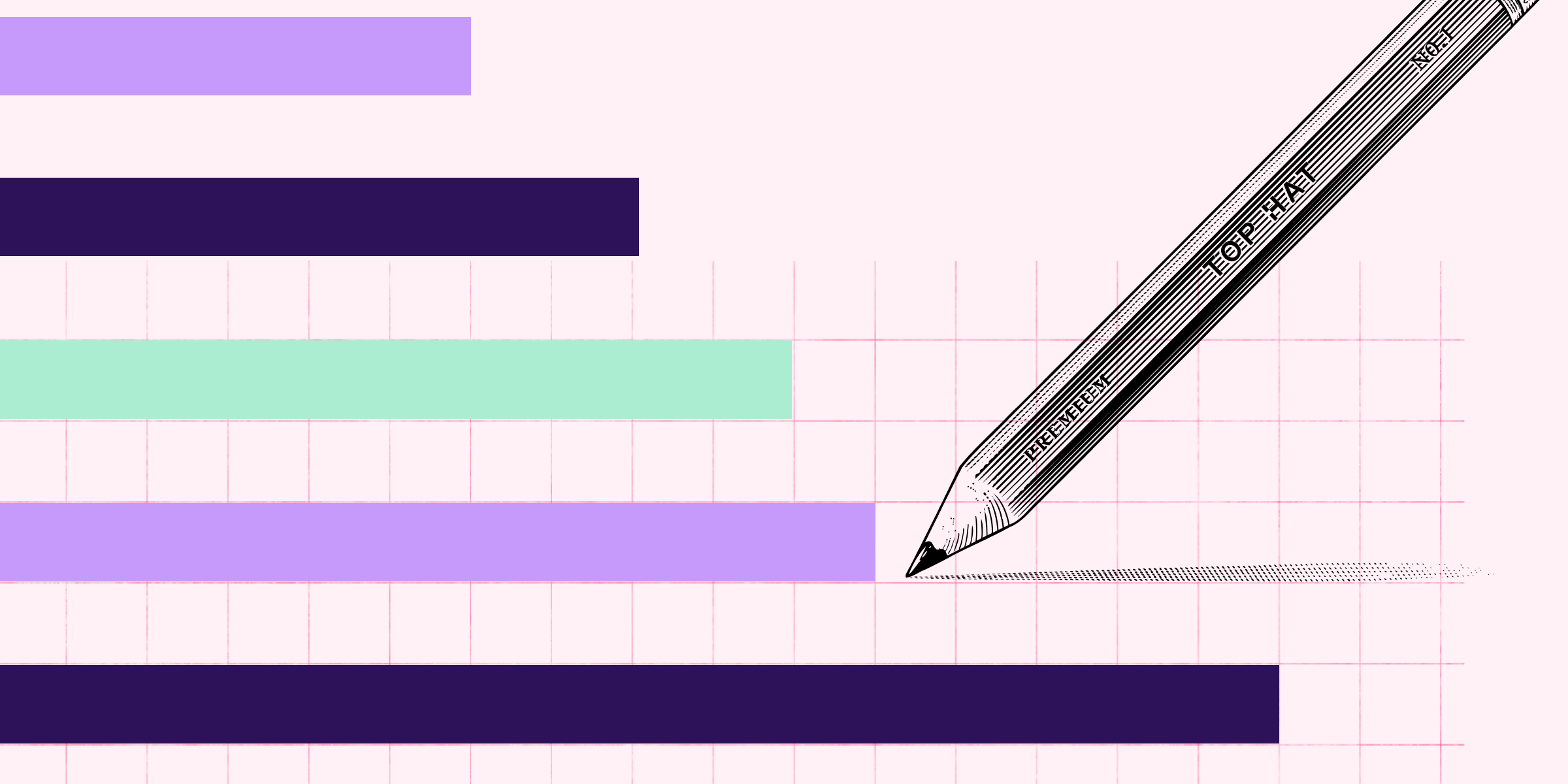
What is
Curriculum Design
Curriculum design is the planning period during which instructors organize the instructional units for their courses. Curriculum design involves planning activities, readings, lessons, and assessments designed to achieve educational goals. The definition of curriculum design refers to the organization of class curriculum as educators prepare to deliver lessons and course material. Curriculum design involves creating an academic blueprint that supports larger course goals or objectives.
What’s the purpose of curriculum design? The purpose of curriculum design is to help educators at postsecondary institutions meet the needs of their students. This process provides structure to lessons, ensuring students have the necessary knowledge and skills to meet learning objectives. Curriculum design often encapsulates tests, lecture activities and discussions and homework assignments that are used to gauge comprehension and allow educators to offer feedback on performance. Professional organizations such as the American Association for Teaching and Curriculum (AATC) are dedicated to the scholarly study of teaching, and promote advancement of scholarship in discipline-specific fields such as Economics and History.
What are the different types of curriculum design? Curriculum design can be segmented into three forms. These include subject-centered design, learner-centered design and problem-centered design. Subject-centered design involves giving students key facts and pieces of information associated with a particular discipline. Learner-centered design prioritizes students’ own interests and goals in the learning process. Problem-centered design focuses on specific issues and is a model whereby students are encouraged to source solutions to timely, real-world problems.
What are various curriculum design careers? There are a wide range of career paths related to curriculum design from the K-12 level to higher education. These include, but are not limited to, Curriculum Coordinators, Educational Technology Specialists and Instructional Coordinators. The core competencies required for most curriculum design roles include strong interpersonal skills, having a solid understanding of educational policies and regulations, and advising on technology platforms and/or course textbooks, among other skills.
What does the curriculum design process entail? Curriculum design is a process that ensures students are given a focused and structured learning path no matter their discipline. The most effective curriculum design processes are results-focused and efficient. There may be several inputs considered when designing curriculum such as learner personas and existing assessment data. Backward design is one of the most common curriculum design processes. Here, curriculum designers and educators prepare a class structure with the end goal in mind. As opposed to immediately listing out topics, backward design begins with learning outcomes and then takes into account content, topics and materials to get students to achieve those desired outcomes.
The NEW Higher Ed Value Equation
Discover what it takes to meet the evolving needs and expectations of today’s students.
Get the FREE ReportThe NEW Higher Ed Value Equation
Discover what it takes to meet the evolving needs and expectations of today’s students.
